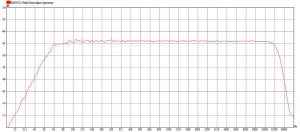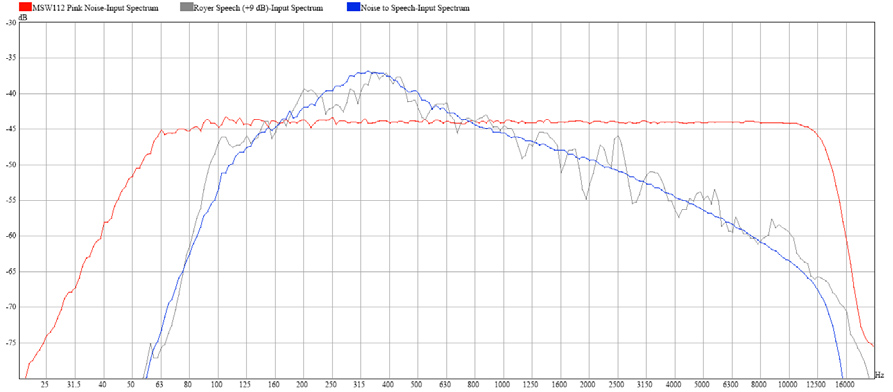The specification of a loudspeaker’s sensitivity is probably one of the most common, yet perhaps one of the most misunderstood. It’s common to see the magnitude response of a loudspeaker system reduced to a single number as a sensitivity rating. This is perhaps at the heart of the confusion.
One would think that this metric should give some indication as to how loud a particular loudspeaker will be when reproducing a signal. One may also think that two loudspeakers with the same sensitivity rating will be equally loud when reproducing the same signal. Each of these assertions is only partially true.
A loudspeaker’s sensitivity can give an indication of its output level but only for a signal with a specific bandwidth and spectral content.
Similarly, two loudspeakers with the same sensitivity may not output the same SPL when excited by the same signal if the frequency response limits of the two loudspeakers are different. Let’s look at the underlying cause of each of these effects, bandwidth, and the role it plays, and also look at why sensitivity may no longer need to be referenced to a watt.
According to the standard IEC60268-5, a loudspeaker’s sensitivity is determined by measuring its output when driven by a band limited pink noise signal with a Vrms equal to the square root of the loudspeaker’s rated impedance and referencing this SPL to a distance of 1 meter.
The bandwidth of the pink noise is limited as a function of the effective frequency range of the DUT (Device Under Test). This is done to ensure that the test signal is confined to a portion of the frequency spectrum in which the DUT has appreciable output.
If a particular loudspeaker isn’t capable of reproducing signals below 150 Hz it does no good to excite it with such signals other than to generate heat. The same holds true if the loudspeaker can’t reproduce signals above some high frequency limit.
A high-resolution transfer function measurement of the DUT can also produce an identical sensitivity rating when the average magnitude is calculated on a log frequency basis. As an example, let’s look at Figure 1. Here we see the on-axis response of a loudspeaker. Its sensitivity rating is shown as the straight line.
The length of this line coincides with the upper and lower frequency limits of the pink noise used to measure the sensitivity rating. The spectral content of this noise signal is shown in Figure 2.

If a signal with different spectral content, but the same broadband level were used to drive this loudspeaker, would it result in the same SPL as the sensitivity?
It’s impossible to determine this without knowing both the spectral content of the signal and the response of the loudspeaker. (Note that 20 Hz to 20 kHz, or in the case of Figure 1, 110 Hz-8.3 kHz, does not specify the response of a loudspeaker. A graph of the response curve really needs to be known.)
With knowledge of these, we can certainly make an estimate to answer this question. The spectral content of three different signals is shown in Figure 3.

One is the band- limited pink noise signal used to determine the sensitivity of the loudspeaker. The others are speech and a shaped noise signal having approximately the same spectral content as the speech. This speech-shaped noise is used instead of speech as its RMS level is more consistent as a function of time than actual speech.
Thus, it will be easier to determine the SPL output by the DUT with this signal. All three signals have approximately the same broadband RMS level. From approximately 200-800 Hz the speech-shaped noise signal has greater level than the pink noise signal.
Above and below this frequency region the pink noise signal has much greater level than the speech-shaped noise signal.
Comparing this to the response of the loudspeaker in Figure 1 we see that the loudspeaker has limited output below 150 Hz. The greatest output in the response of the loudspeaker occurs in the 300 Hz-3 kHz region.
If the speech-shaped noise signal were used to drive the loudspeaker with the same broadband level as the noise, we could reasonably expect the broadband SPL to be greater than when driven with the pink noise signal. This is exactly what happens.
















